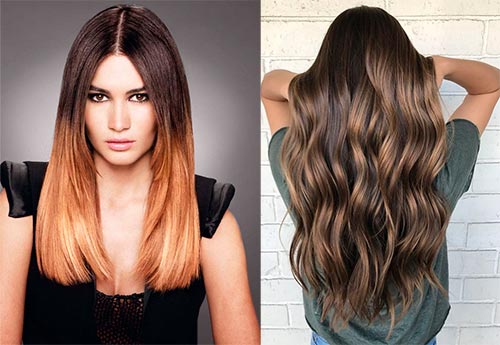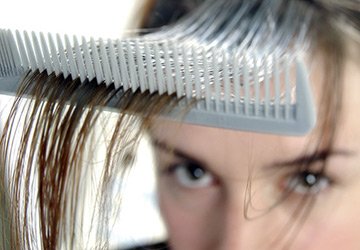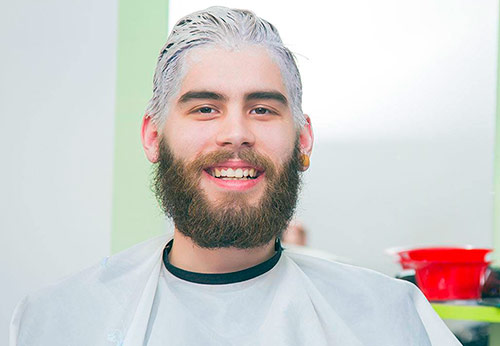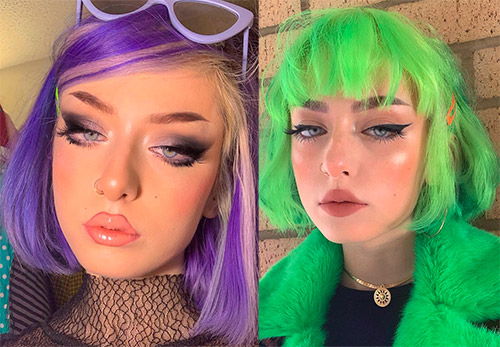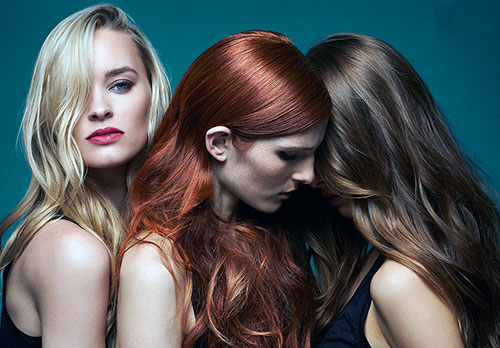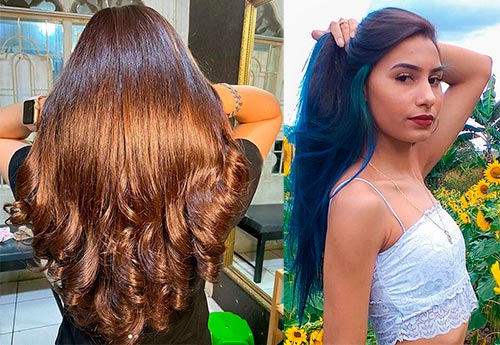Hair care
Hair coloring that rejuvenates: rules, shades and fashionable techniques
Regardless of what trends in coloring will be relevant today, women still choose what suits them the most. Especially carefully you need to select the shade of the hair and the technique of dyeing after the age of 40, so as not to look "youthful" or, conversely, not to look even older. mystyle.decorexpro.com/en/ will tell you in detail which hair coloring will make us younger, which shade is better for older ladies, and which fashionable coloring techniques should be used.
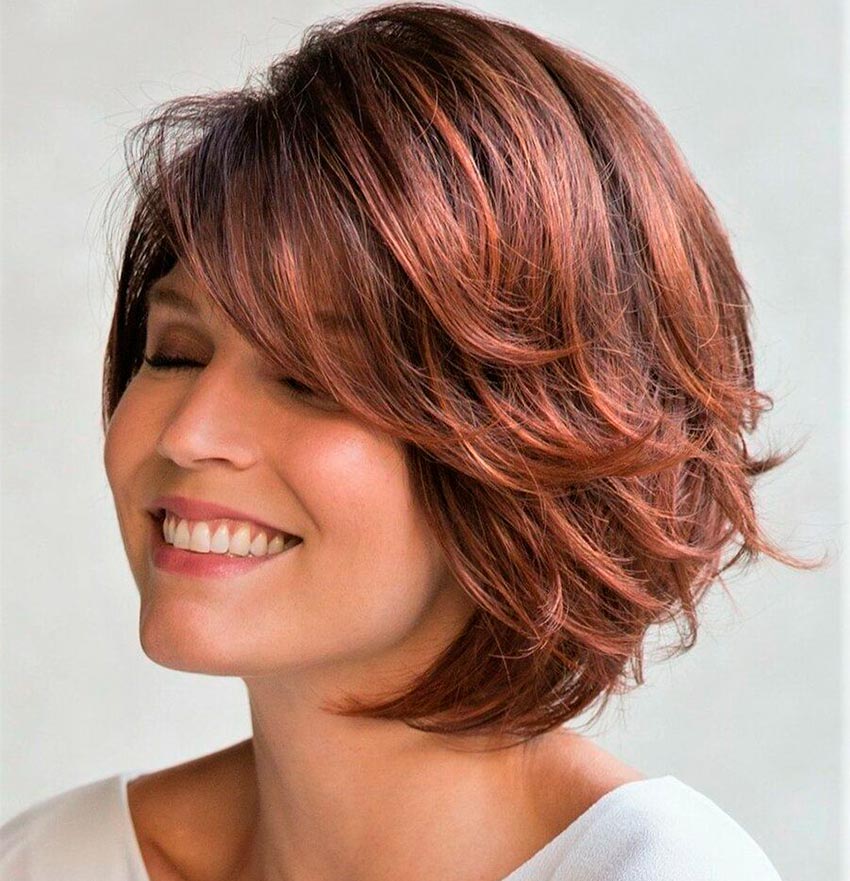
Basic rules for dyeing for women after 40 years
There are several coloring rules that must be followed if you want to look younger.
1. Get rid of gray hair
If your hair has noticeably turned gray (and we cannot control this, because the age of the appearance of gray hair is in our genes), this must be fought against. If you want to look younger, be sure to paint over the gray hair. If you are dyeing a dark color, regularly monitor how far the hair roots have grown and tint them. Today the shade of hair "gray blond" is in vogue, but this does not mean that you can simply not dye. Even gray hair needs toning and tints of colors to look fresh and well-groomed.
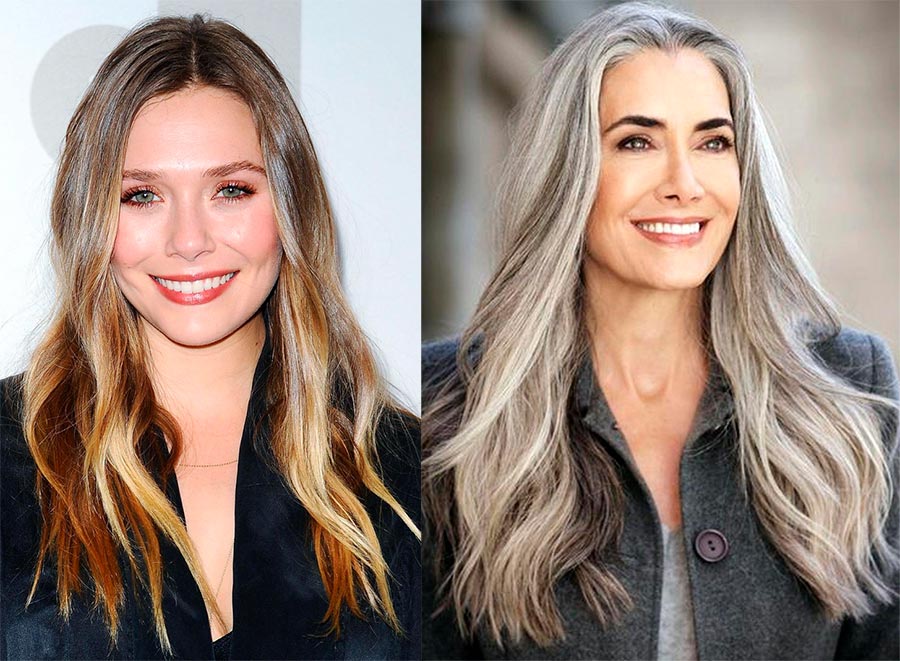
2. The older the age, the lighter shade you need to choose
If you are used to being a hot brunette with blue-black curls, remember that black will age hopelessly as you age. Therefore, it is better to use light shades for coloring, especially since overgrown roots and gray hair are not so visible on a light background. Don't want to give up dark hair color? Opt for chestnut or graphite shades instead of pure blacks. Or use trendy coloring techniques when lighter strands are present against a dark background.
3. If you choose blond, avoid yellowness.
A frankly yellow discolored blond does not adorn anyone, even the youngest. And about women after 40 and there is nothing to say! If you have been a blonde all your life and do not want to give up your favorite hair color, choose warm wheat and sand shades, or cold ash and platinum. In the case of the latter, the curls will need to be tinted more often in order to neutralize the yellowness, as well as use home care for blondes - shampoos and masks with an ash tint.
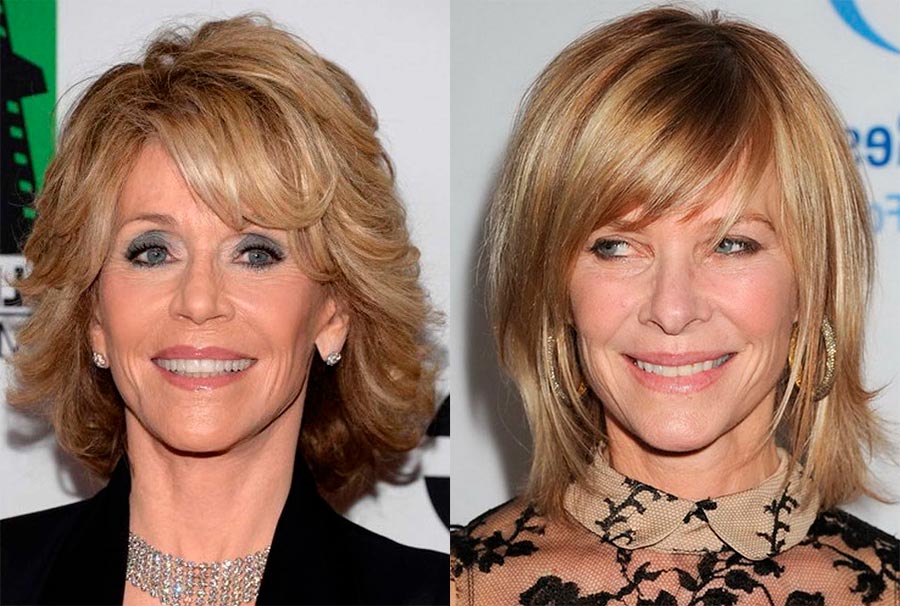
4. If you choose a redhead, it should be as natural as possible
The red color in its unnatural manifestation on older ladies looks inappropriate, and sometimes even funny, making them look like a clown. Unnatural is orange, orange, carrot, red, or even pink. If you are naturally red-haired or are accustomed to this shade, choose the most natural and natural shades of red: reddish-sand, warm wheat with a reddish tint, the color of autumn foliage, and the like. For dark-haired, reddish chestnut shades can be used.
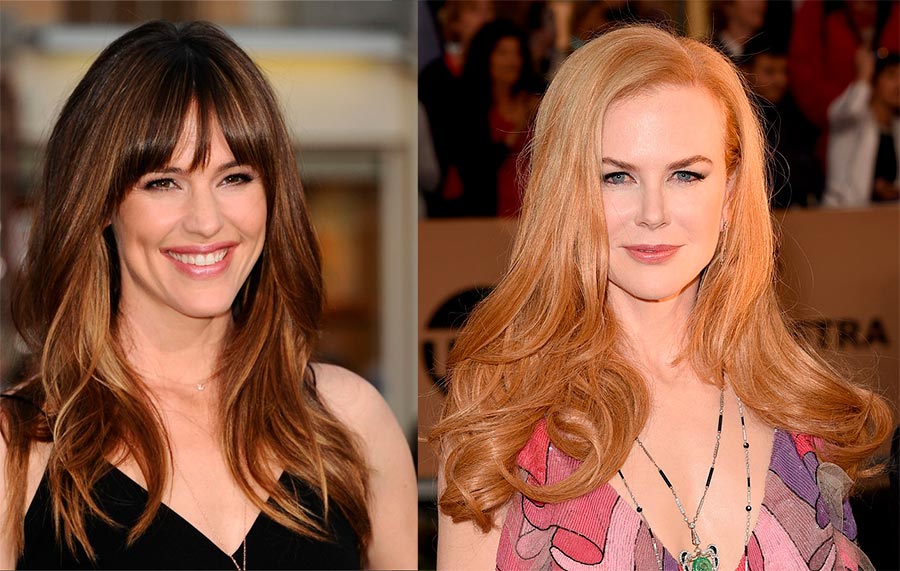
5. Do not dye your hair in two contrasting colors
This applies, first of all, to highlighting. If the background color of your hair is dark, you should not use highlighted, almost white strands on it. Such coloring was fashionable, at least 10-15 years ago, and has long since become a thing of the past. And it is better to experiment with such techniques for young rather than elegant ladies over 40. The same applies to the still fashionable ombre: with too dark roots, you should not achieve maximum lightening of the ends. It is better to use shades that differ by only 2-3 tones - both for shading the strands and for ombre.
What shades will be relevant for women after 40 years?
Having considered the main rules in coloring after 40 years, we will tell you about those shades that will be a win-win option in visual rejuvenation. For the purpose of creating an anti-age coloring, color masters advise, first of all, to build on your color type and skin tone. If you choose an unsuitable shade, then all age-related imperfections on the skin (wrinkles, dark circles under the eyes, swelling, age spots, thinning and pallor of the skin, or redness and the appearance of spider veins) will be seen many times stronger.
- Pale pinkish skin
Light skin is inherent in blondes and redheads by nature. She usually has a pinkish undertone, very thin and sensitive. Experts advise not to deviate far from the natural hair color and choose blond, platinum and ash tones, reddish natural shades, coloring with light strands, and for dark coloring - cold graphite or reddish chestnut colors.
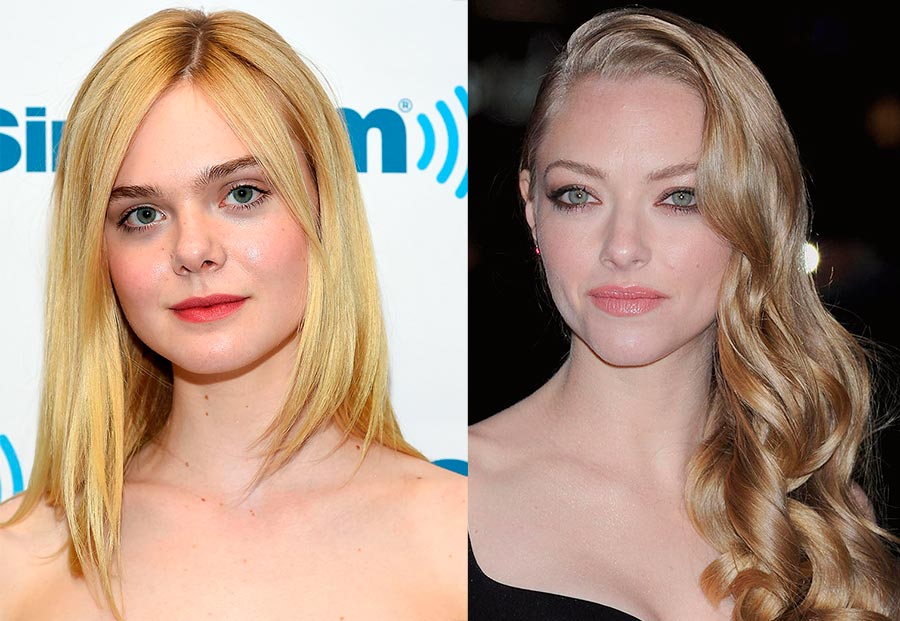
- Light golden skin
Such skin is inherent in fair-haired women and brown-haired women. She does not become too dark even with prolonged tanning sessions, but acquires a golden warm hue without sensitivity and irritation. Honey and wheat blond, natural medium light brown shades, caramel and mocha color are best suited for this color type.
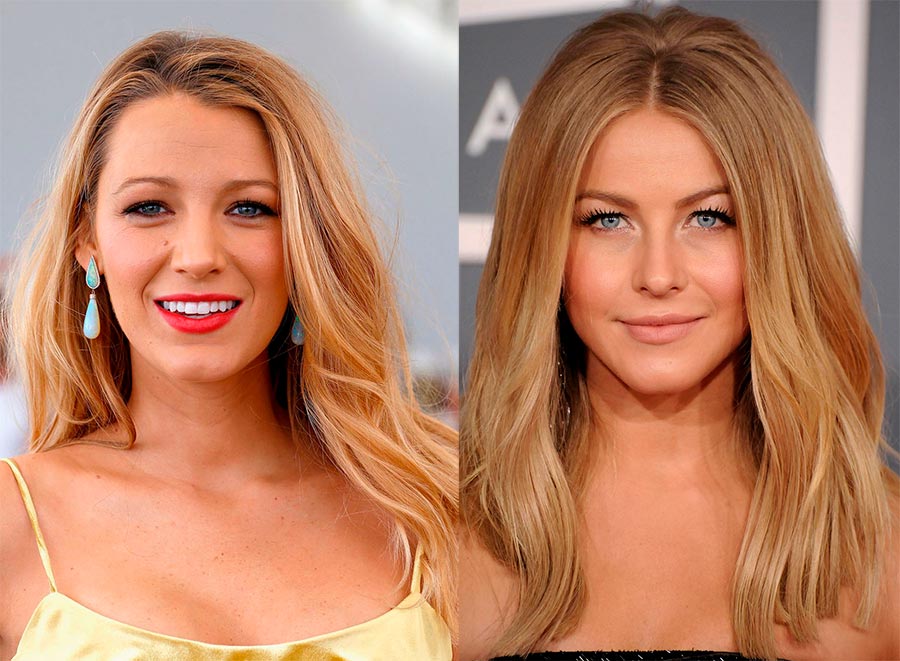
- Olive skin with cool undertone
Most often, the color type of the appearance of the owners of such skin is called "winter". Usually these are brown-haired women or brunettes, their skin is rather pale, but without that pinkness like that of blondes (the first color type we described). "Rejuvenating" hair colors for this case will be dark blond and chestnut tones with a cold tint, and, paradoxically, warm shades of caramel and cappuccino.
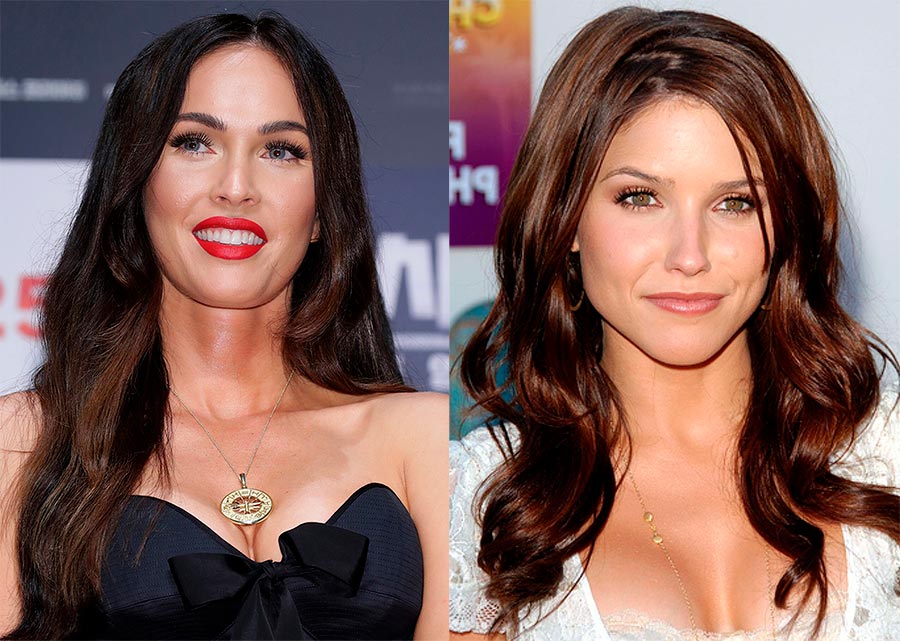
- Swarthy dark skin
As a rule, tanning does not go away from such skin all year round. The owners of such skin are naturally dark-haired, they have brown eyes, and the curls are quite thick and even tough. Even with age, dark colors will suit such ladies. But, as we said above, you should avoid bluish black, and give preference to dark chocolate shades. And if you want to lighten, you should choose warm light brown tones and shades of copper and old gold.
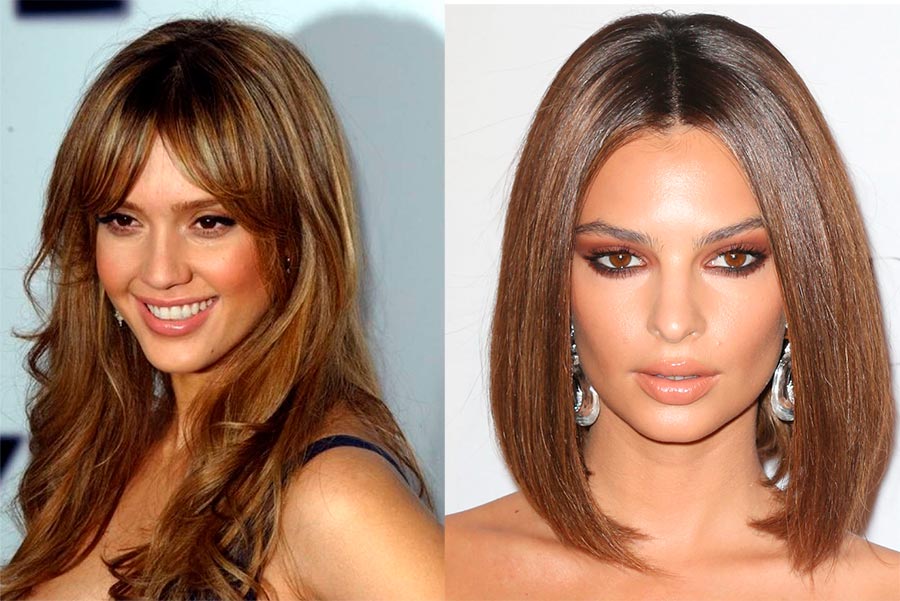
The most fashionable dyeing techniques for women after 40 years
In general, any hair color that you choose can be very successfully beaten with the help of fashionable and relevant dyeing techniques. Of course, they should only be performed by professional masters, so as not to get an unexpected effect and not to spoil the curls. Below we will tell you about the most successful anti-age stains.
1. Ombre. This technique involves stretching the color from root to tip. At the roots, as a rule, the shade is the darkest, and at the ends it is the lightest, but there is also a "reverse" ombre. For a rejuvenating effect, do not use too contrasting tones, and the color transition should be as smooth as possible. Ombre looks great on light brown hair with a transition from dark blonde to blonde.
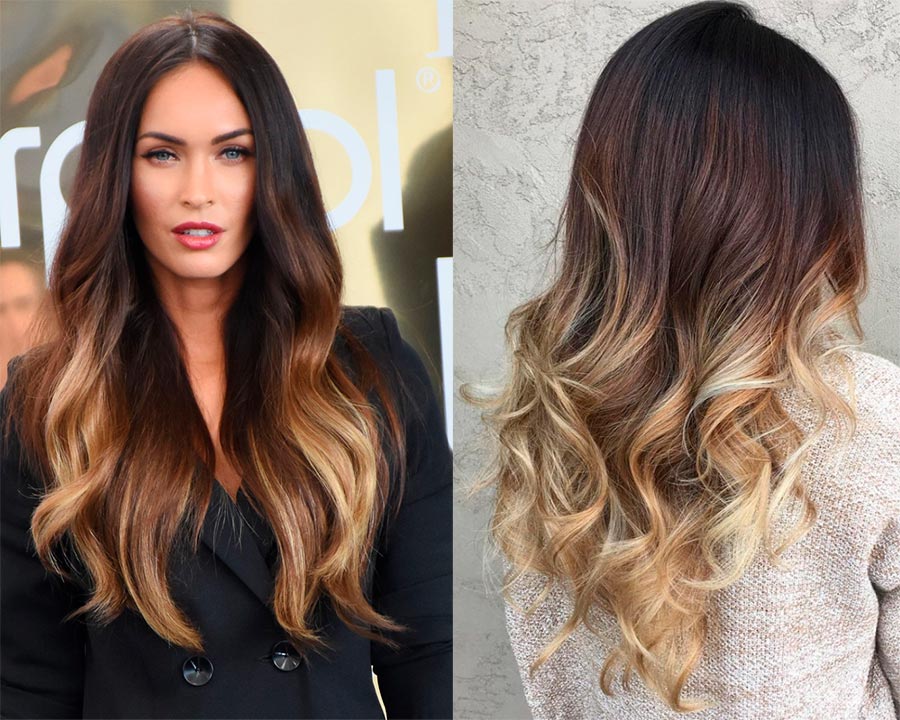
2. Shatush and balayazh. These techniques are fundamentally different, although the end result is quite similar. Shatush is performed by fluffing and combing the hair before dyeing, and balayage is dyeing different strands in different colors. But the end result is a very successful play of shades. It can add volume to even fine hair and look very stylish. For dyeing, colors are used a tone or two lighter than the background shade of the hair.
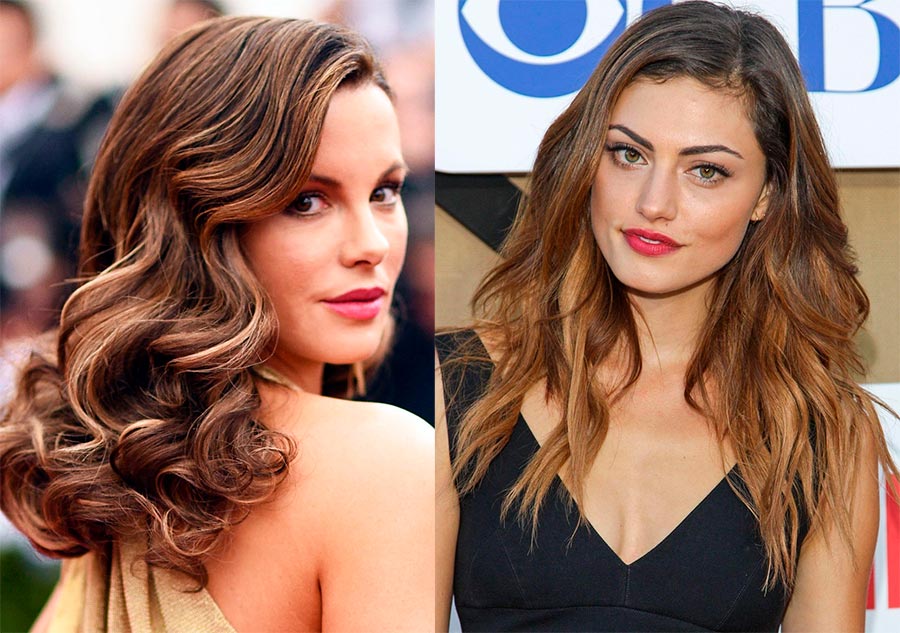
3. Beybilights technique. Ideal for blonde and fair-haired women. This technique creates a distinct sun-burnt effect by using very light paint or discoloration to make them stand out. This also adds volume and makes it look like you just got back from vacation. But for too dark curls, this technique is not suitable precisely because of the use of light paint for the strands.
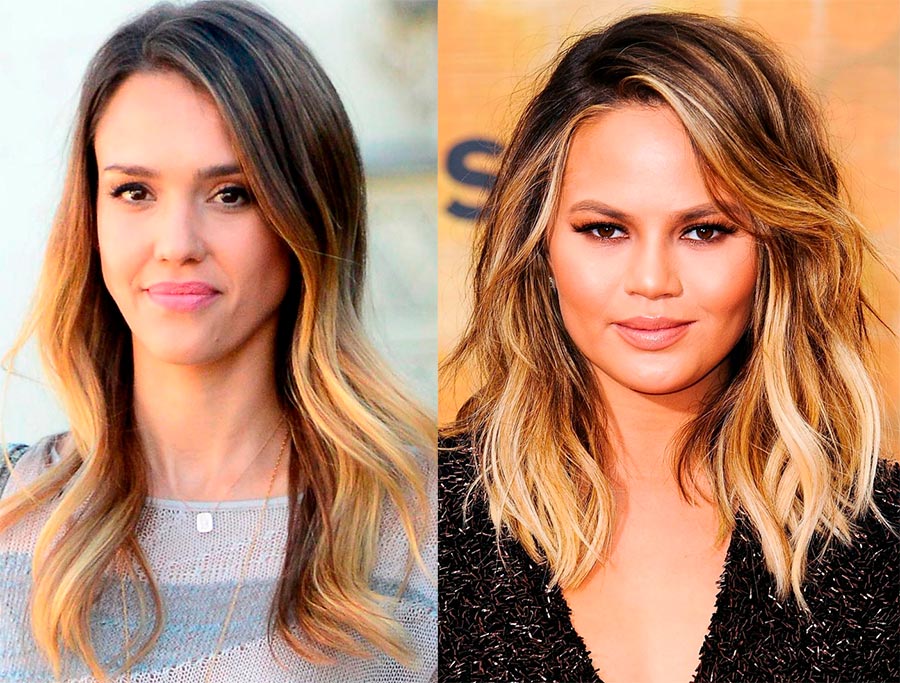
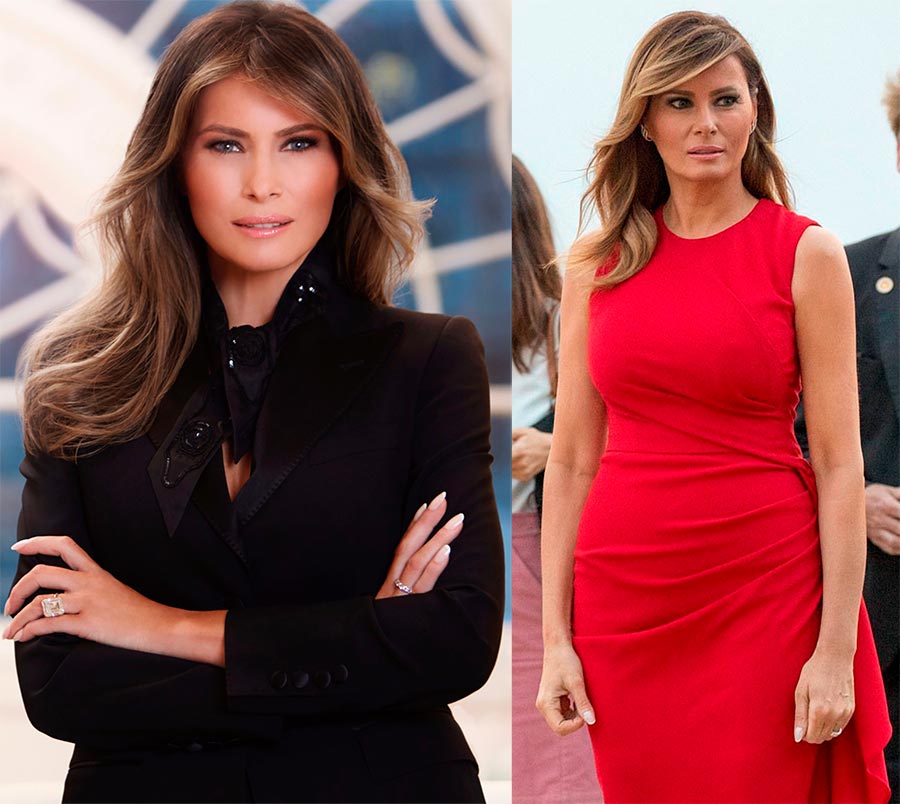
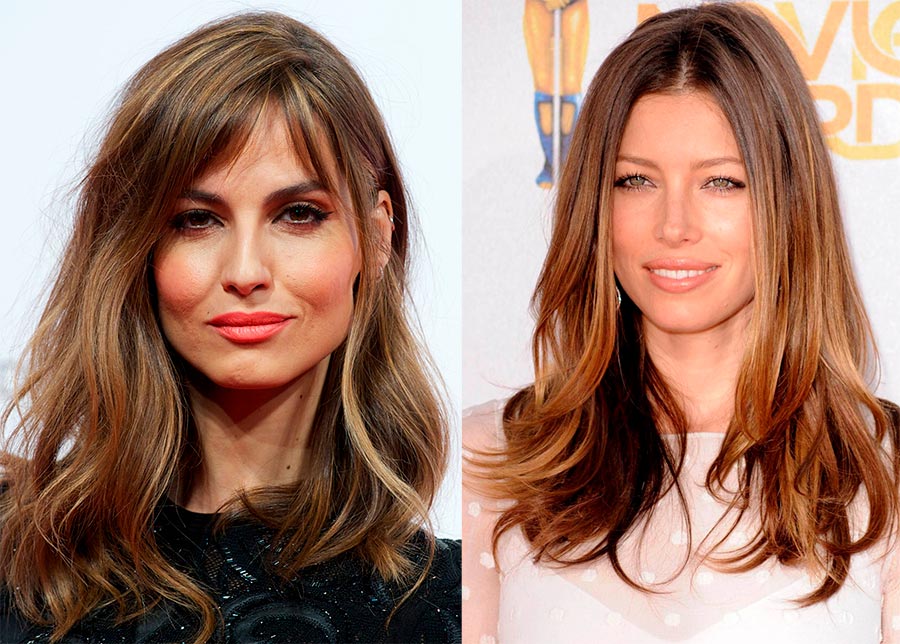
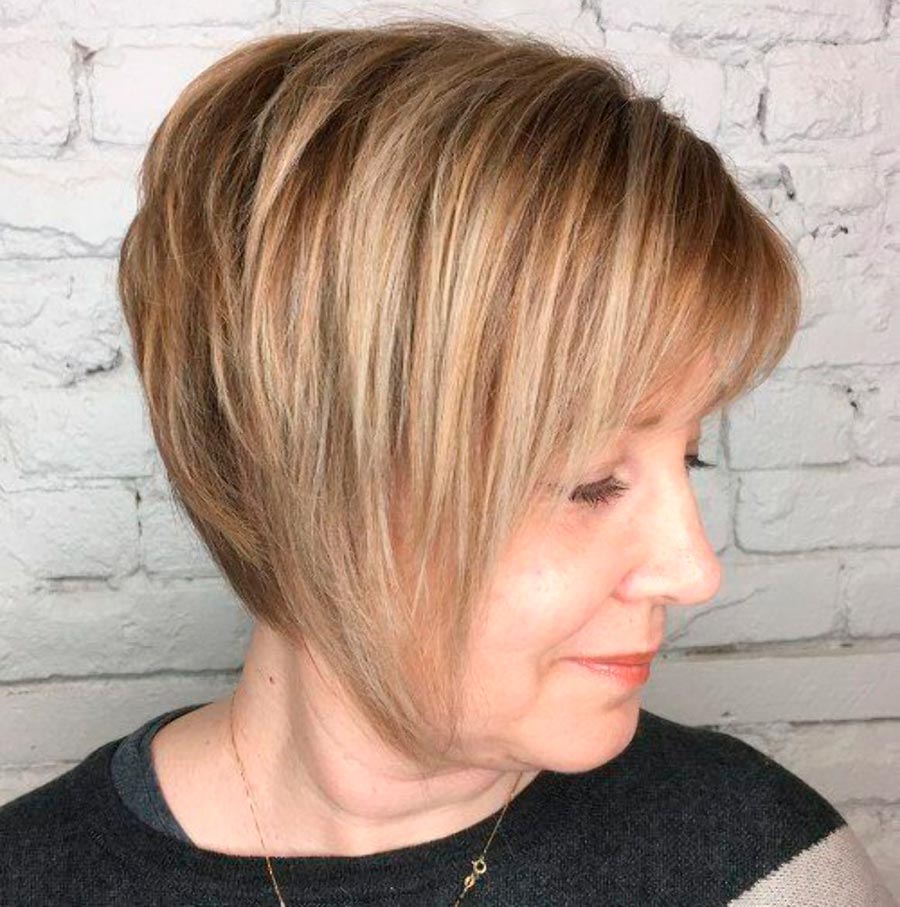
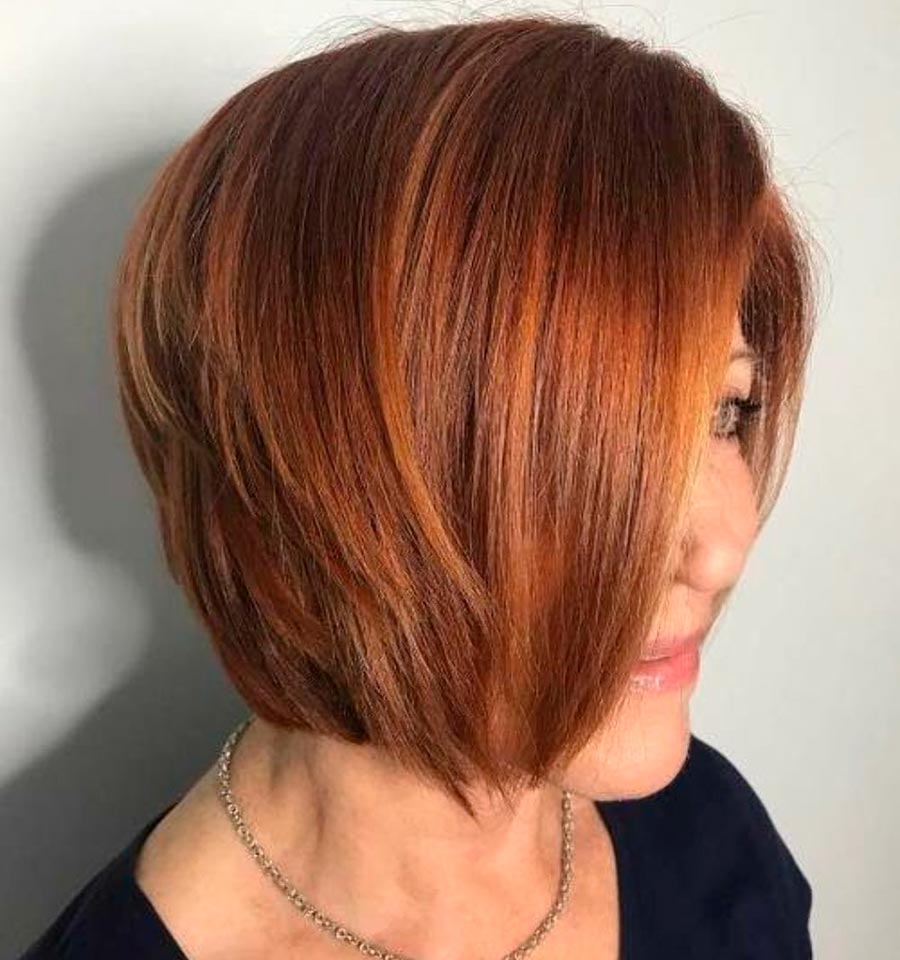
Comments and Reviews
Add a comment
Rating news
Shades of clothing that make women look younger
What shades of hair make women younger: rules and photos
Funny wedding dresses - photos and ideas
12 most expensive down jackets for the winter
How to look 25 at 40: tips from supermodels
Beautiful schoolgirls
Anti-aging haircuts and hairstyles for women
Fashionable skirts for autumn and winter
Fashionable women's trousers for the cold season
Fashionable and stylish sandals for summer 2024
Spring-summer 2024
 Fashionable dresses and tops with thin spaghetti straps
Fashionable dresses and tops with thin spaghetti straps
 Bandana tops: how to wear stylishly and beautifully
Bandana tops: how to wear stylishly and beautifully
 How to put together the perfect men's wardrobe for the summer
How to put together the perfect men's wardrobe for the summer
 Fashionable shorts for spring-summer 2024
Fashionable shorts for spring-summer 2024
 Fashionable skirts for spring-summer 2024: a guide to online shopping
Fashionable skirts for spring-summer 2024: a guide to online shopping
 The most fashionable dresses spring-summer 2024: styles and colors
The most fashionable dresses spring-summer 2024: styles and colors
 Fashionable total look 2024: ideas of images and trends
Fashionable total look 2024: ideas of images and trends
